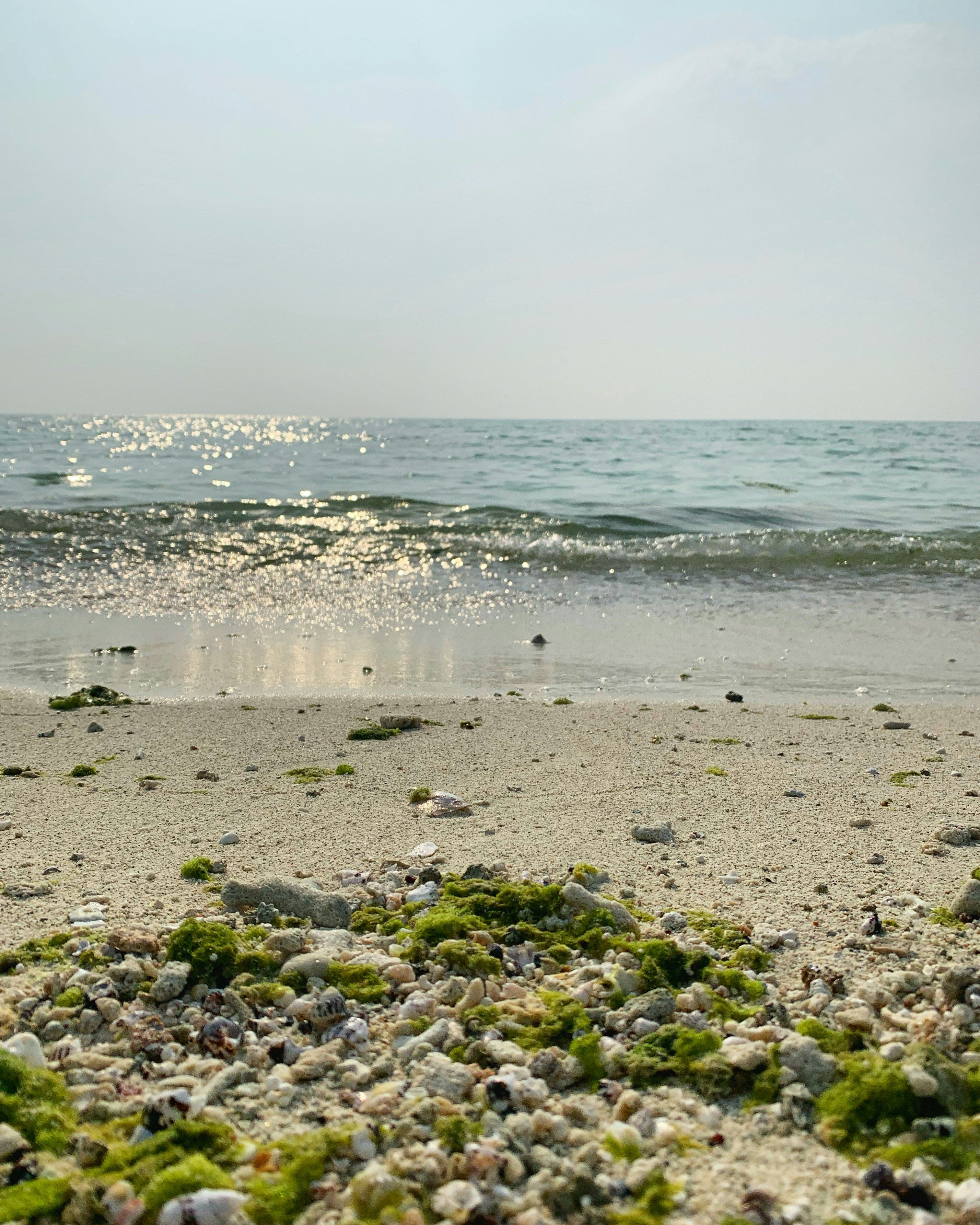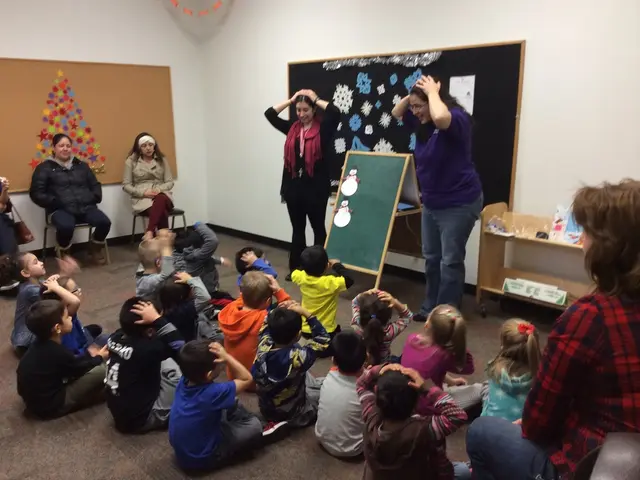Creative Classrooms: A New Era of Learning
"Surprising leads to Inspiring": Quote from Alexander Asmolov's latest publication
Just imagine this: the best definition of a brilliant student is the teacher who leaves every classroom enriched, having learned from the pupil. That, ladies and gentlemen, is the future of education we're stepping into, a realm of paradoxes and opportunity.
In the 21st century, human interaction is king. A new revolution is on the horizon, not less transformative than Einstein or Bohr's. It will challenge us with novel findings in artificial intelligence, humanities, social sciences, and beyond.
The transmission of knowledge won't vanish from the educational sphere, but the methods, the tools, and the meanings will change. Education is being reborn, evolving into a platform for nurturing personal potential and its development possibilities.
The pinnacle of this creative process is the formation of a responsible individual capable of taking ownership of their creations—be it actions, children, or technological marvels. In the modern world, adaptability and variability take center stage, showing that traditional classrooms no longer contain the entire picture.
An enticing endeavor: cultivating intellectual mycelia and seeking where, in what forms, and in what ways does education as the generation of meaning, values, and motivations emerge. The words "network," "rhizome," "mycelium" are not just the creation of a vivid imagination.
Behind intellectual and social mycelia lies the future. A tomorrow where educational programs become mobile, flexible, adaptive, and adaptable. A tomorrow where the key is the demand to transform education into a laboratory for unique human destiny projects. A future where technology serves meaning, not "mortgage apartments."
Our mission is to create education where children, teachers, and parents all crave learning, eager to partake in the great human art of truly listening to each other.
An all-around school fulfills multiple tasks. But its most significant social function and most potent factor in societal development is its role as a "social mixer," blending representatives from different backgrounds and walks of life.
The education system is often portrayed as a "social elevator," offering an expensive route to equal opportunities. Yet, it can also act as a "social well" where society systematically suppresses the self-belief and potential of unsuccessful students, belittling them in the process.
Todd Rose, in his book "The End of Average," explains the logic behind "elevators and wells" in relation to the history of American education:
"Edward Thorndike was a prominent psychologist, still considered one of the most influential in history... Yet, what irony! One of the most influential educators believed that education would not contribute to the development of a student's abilities, so the system should separate those born with good intellect from those whose brains are worthless. In fact, he played a leading role in the 1920s in implementing the most widespread training program for school inspectors, designed to prepare them for scientific management of standardized education. He was convinced that schools should divide students according to their abilities and prepare them most efficiently for a specific role in life - manager or worker, high-ranking official or easily replaceable 'ant' - and rationally allocate resources for this purpose..."
Even the most rational and seemingly fair standardized education model, oriented towards the "average student" and "average teacher," often leads to "well" effects rather than "elevator" effects.
This model, adopted in the 1930s, operated as a "factory of failures" in our country, harsher and more relentless than in America. We didn't need tests; the five-point system was enough to fix—often for life—the psychology of failing underachievers, average adapters, and favored overachievers...
Three essential ideas underlie the selective model:
- The school, primarily designed to sort people, not develop their abilities;
- Uniform and "averaged" principles of education;
- "Optimization" and "Minimization" of resources: Nothing beyond the Necessary.
Three Alternative Principles
But as Shakespeare once wrote, what sets humans apart from animals if they only need the necessary and nothing more?
When variability in education is discussed, it often boils down to external aspects: choosing a school, programs, textbooks. But the truth about variability lies deeper in our everyday consciousness. A few points must be emphasized:
For me, variability is largely a manifestation of planned excess within a system, without which it cannot develop.
In contrast to the three ideas of "averaged education," I would define three main principles that guide practices in variable education:
- To address Vygotsky's task: create a "zone of proximal development" not for an abstract, "averaged" child, but for the specific and inherently different children, teachers, and parents gathered in this educational community. (For true learning occurs within a community.)
- To move from faith in education as a mechanism for transmitting knowledge to education as an "industry of possibilities" (diverse motivations and meanings). Today, teachers, methods, and textbooks that work with students' motivations and aim to provide a foundation for developing their subjectivity in learning are successful.
- Education should strive to be excessive in relation to the immediate situation of pragmatically understood tasks of social adaptation.
In education, what proves effective is not the most economical, calculated, or precisely measured, but rather what is richer in potential possibilities. Supporting those traditions and initiatives that rely on the initiative and enthusiasm of educators and children (even if they do not guarantee simple and measurable results) yields great returns...
Threshold of Dual Existence
The recent pandemic served as a significant lesson for many. It prompted reflection on the necessity to act in circumstances unforeseen beforehand.
Parents had to work almost full-time as educators and experience a multitude of both positive and negative aspects of school teachers' work.
But that's not all. It turned out that what was once considered a "source of degradation" - children's free use of iPads, tablets, and computers - became a lifesaver. Suddenly, what seemed like excessive luxury - having several computers or tablets in one family - became crucially important. What was once considered a luxury became as necessary as air.
On one hand, the metaphorical expression of "the luxury of human interaction" became very concrete. The pandemic taught many of us to appreciate the essence of face-to-face interaction more. The value of interaction became a pandemic lesson.
On the other hand, I observed interesting things happening with my students. Usually, when I enter the lecture hall, I look at how many people have come; usually, the number is roughly the same.
But when we started "zooming", I was surprised to find that there were noticeably more students, and they asked unusual questions. I said, "I didn't hear these questions when we met before". They answered, "We're from St. Petersburg University, we were given a link, and we joined your lecture".
Suddenly, an open educational space, an "open space", appeared, which wasn't considered necessary before. And for students - digital natives, unlike me (I'm more of a digital migrant) - this reality is quite adequate.
I think the widespread notion that once someone "falls into the online," they'll never resurface is a myth. Evolution doesn't choose narrow paths; it wins when it goes mixed ways. So, new and old, familiar forms of interaction will coexist.
The interaction situation will expand, not collapse. To put it simply, if you tell someone to use only one hand when they have two, they won't accept it appropriately, they'll be upset. Similarly, today, humanity in the education sphere is getting used to using at least two hands - one is online, the other is offline. We'll inevitably end up in a "blended education" world; I emphasize "blended education," directly linked to reality transformation. This setup is evolutionarily more successful than purely offline or online education.
Remember the book by Tolkien called "The Hobbit, or There and Back Again"? The youth of today have a habit, much like Bilbo Baggins, of wandering back and forth. Yet, despite their familiarity with life online, this virtual existence inevitably intersects with many challenges of real life.
In the realm of education-and-self-development, personal growth, and learning, a new era is emerging that emphasizes adaptability and variability, transforming classrooms into laboratories for unique human destiny projects. (1) This transformation calls for a shift from education as a "social elevator" or "social well" to a system that fosters personal potential and encourages intellectual and social mycelia. (2) To achieve this, educational programs must become mobile, flexible, and adaptive, with a focus on the cultivation of motivation, values, and meaning for individuals, as opposed to uniform, "averaged" principles.





